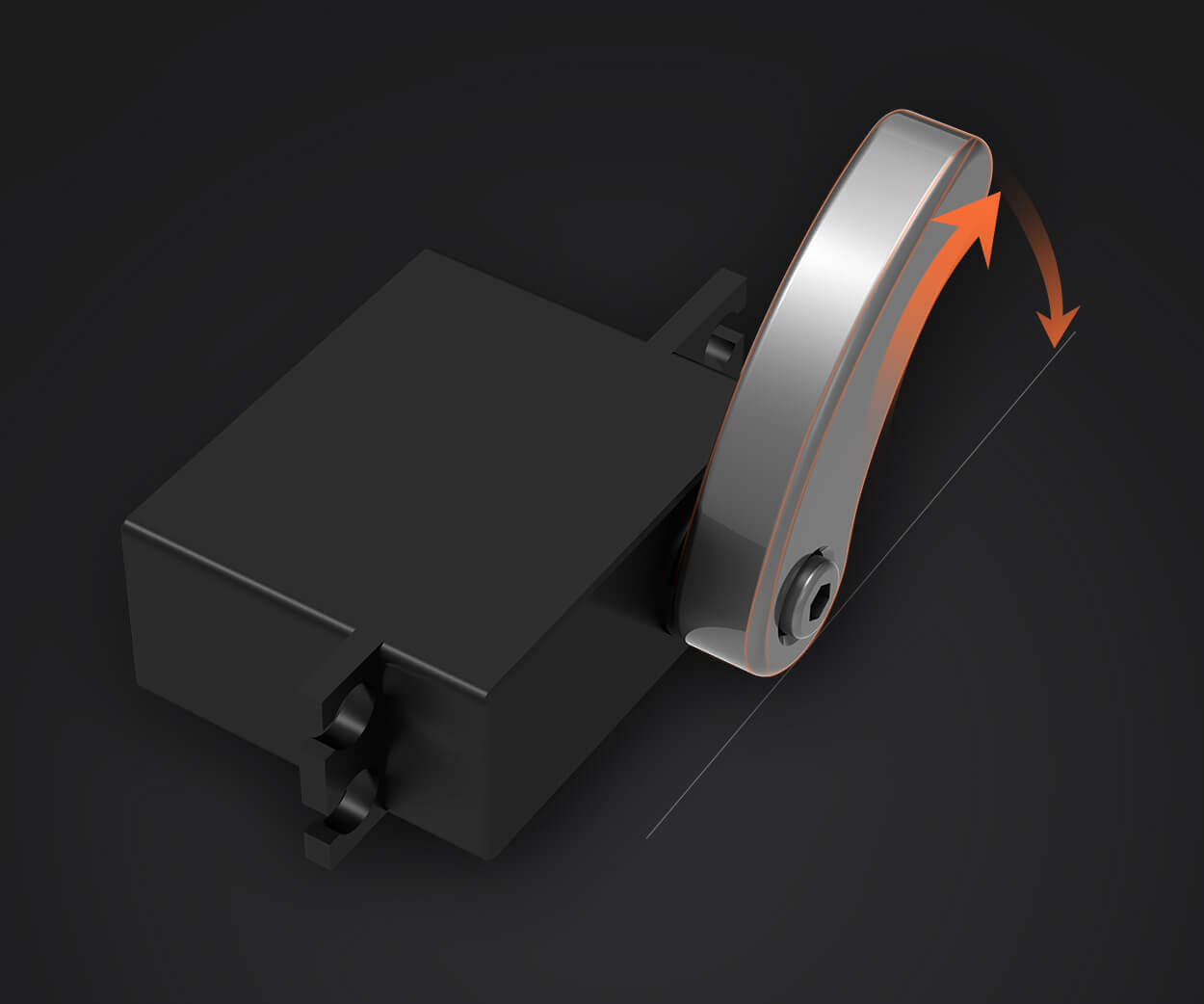Looking at a servo motor diagram pinout feels like trying to decode a secret language at first. But once you get a grip, it’s kind of fascinating how these tiny pins dictate so much of what the motor can do. Think about it: each pin, like a tiny lego piece, plays a vital role — power supply, ground, control signals, feedback lines. It's a puzzle, but one that reveals the true craftsmanship behind robotics and automation.

When you peek into those diagrams, you'll notice that the power and ground pins are usually the simplest to spot, often labeled V+ and GND. Those are like the heartbeat of the motor, delivering the energy needed for movement. Then there's the control pin—sometimes labeled PWM or signal—think of it as the brain of the operation, telling the motor how to move and when to stop. Without this, the whole thing would be a dud, just a fancy piece of hardware collecting dust.
But what about those feedback pins? They tell you the exact position or speed of the motor in real-time. It’s like having a brain that keeps tabs on every little move, making sure everything’s precise. Picture a robot arm: those feedback signals ensure it picks up a cup without smashing it or missing by a mile. That real-time data acts as the supervision, smoothing out jerks and jitter.
People often ask, "Why do I need to understand the pinout?" Well, imagine you’re trying to replace that motor in your project and connect it wrong — it’s not just about losing time, but risking damage. Knowing the pin functions guarantees smooth upgrades and consistent performance. Plus, it helps troubleshoot weird quirks—no more scratching your head when the motor refuses to behave.
The diagrams aren’t just lines and labels; they tell a story of engineering precision. They show how to wire the motor correctly, avoiding shorts or misfires that can fry the component. And when you're experimenting, understanding these connections can unlock new capabilities, like adding sensors or integrating into larger systems.
Ever wonder how those tiny pins handle so much? It’s because they’re built with specific standards and robust manufacturing. They’re designed to work reliably even in challenging environments—think dusty workshops or high-vibration machinery. Rigid standards mean your setup stays stable over time.
In a sea of electronics, the servo motor pinout is like a map — guiding you through a journey of craftsmanship and innovation. Whether you’re a hobbyist or a professional, mastering this diagram means empowering your projects with precision and confidence. It’s all about turning complex tech into something you understand and control, piece by piece.
So, when you look at that diagram, remember: it's more than just lines. It’s the blueprint of movement, control, and possibility. Dive into it, get familiar, and watch how effortlessly your projects come to life.
Established in 2005, Kpower has been dedicated to a professional compact motion unit manufacturer, headquartered in Dongguan, Guangdong Province, China. Leveraging innovations in modular drive technology, Kpower integrates high-performance motors, precision reducers, and multi-protocol control systems to provide efficient and customized smart drive system solutions. Kpower has delivered professional drive system solutions to over 500 enterprise clients globally with products covering various fields such as Smart Home Systems, Automatic Electronics, Robotics, Precision Agriculture, Drones, and Industrial Automation.




































